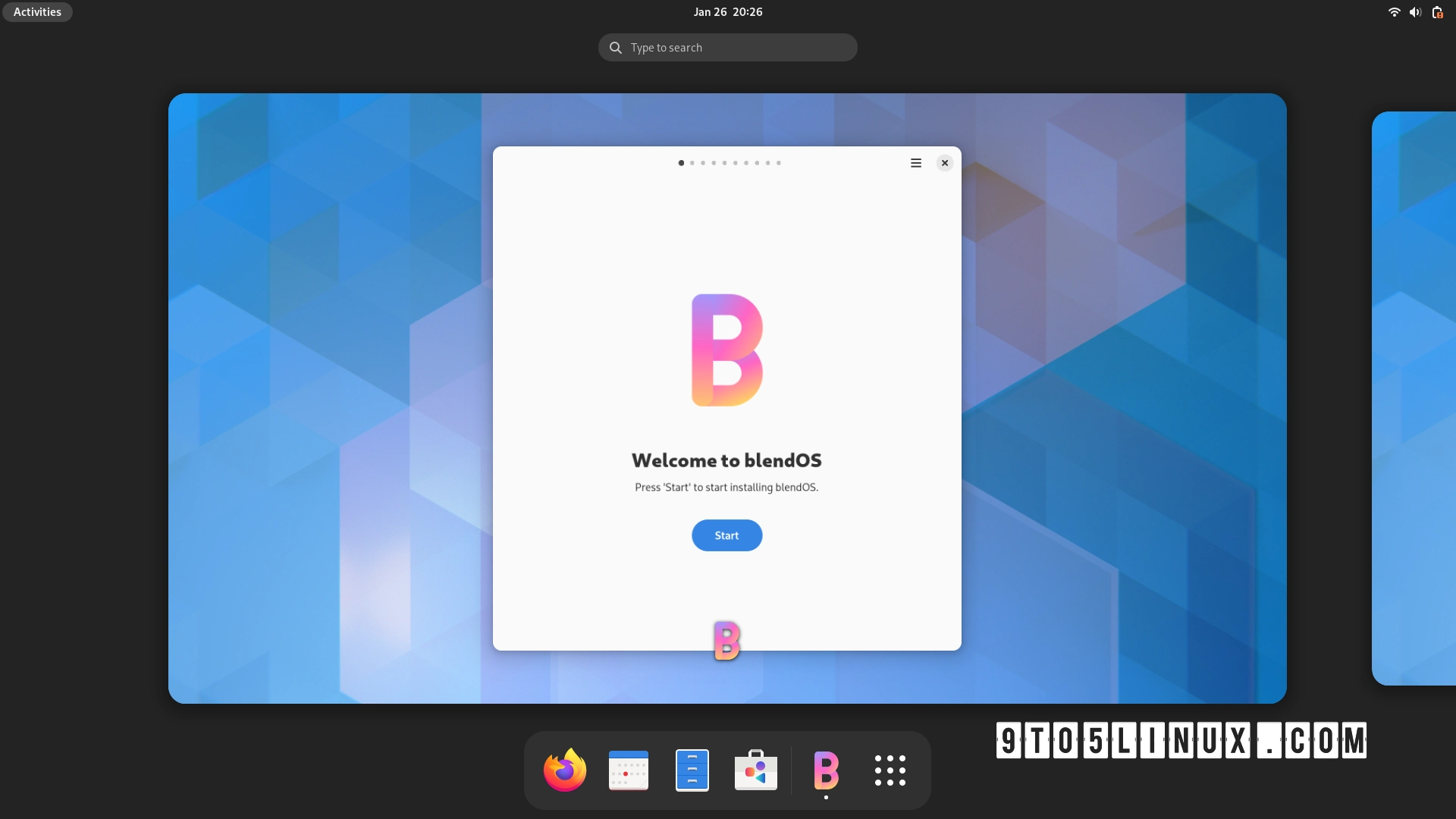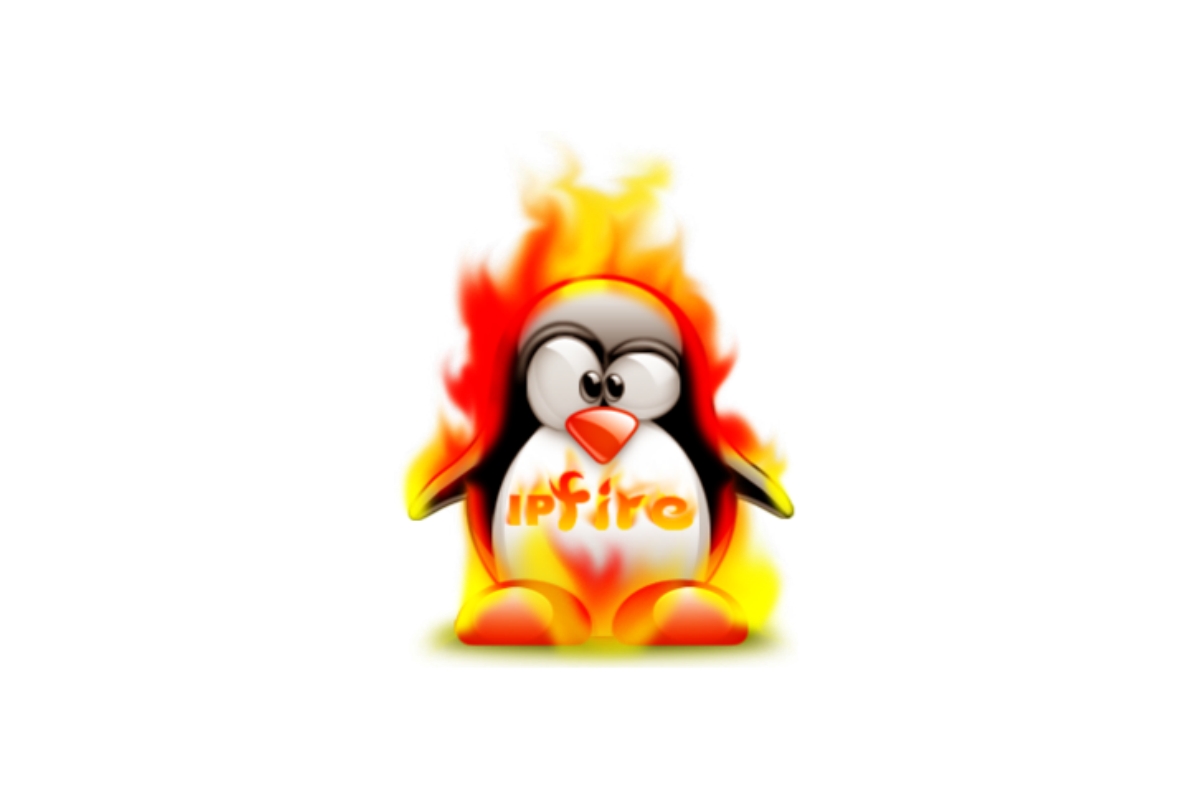Key Points:
• Canonical has been contributing to Flutter for the past 5 years, focusing on building out Linux support for Flutter applications.
• Multiple windows support is coming to Flutter desktop apps, allowing them to take advantage of the larger desktop space.
• This feature is a long-awaited development for the Flutter community, with Canonical having built a long history of working with graphical environments.
As tech enthusiasts, we’ve been eagerly awaiting the day when Flutter, the popular open-source mobile app development framework, would become a more powerful tool for building desktop applications. And now, with multiple windows support incoming, that day is finally here.
For those who aren’t familiar, Flutter is a relatively new player in the world of desktop application development. Its limit to a single window has been a major limitation, making it less suitable for complex desktop applications that require multiple windows to function efficiently. Canonical, the company behind the popular Ubuntu operating system, has been working on changing this by contributing to Flutter and building out Linux support for applications.
In our latest development, Canonical has announced that they’re bringing support for multiple windows to Flutter desktop apps. This means that applications built using Flutter can now span across multiple windows, allowing for a more seamless and efficient user experience. Canonical’s experience in producing Ubuntu Desktop over the past 20 years has given them a unique understanding of the importance of a good graphical environment, and their contribution to Flutter is a testament to their commitment to making Flutter a more versatile tool.
For developers, this is significant news. With multiple windows support, Flutter can now be used to build complex desktop applications that require multiple windows to function. This opens up new opportunities for businesses and developers to build more robust and engaging applications. For end-users, this means a better overall experience with Flutter applications that can now rival native desktop applications in terms of functionality and usability.
The impact of this development is not limited to just Flutter itself; it also reflects the growing trend towards cross-platform development. With more and more companies embracing open-source software and Linux, the demand for affordable and efficient development tools like Flutter is on the rise. This news is a significant step forward for the open-source community, highlighting the collaborative efforts between companies like Canonical and the Flutter team to bring innovative technology to the masses.
In the end, the significance of multiple windows support in Flutter desktop apps lies in its potential to democratize the development process, making it more accessible and inclusive for developers of all skill levels. As the tech world continues to evolve, it’s exciting to see how this development will shape the future of software development and pave the way for even more innovative applications in the years to come.
Upgrade your life with the Linux Courses on Udemy, Edureka Linux courses & edX Linux courses. All the courses come with certificates.








